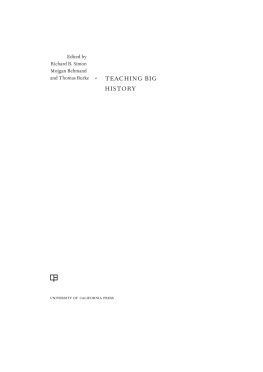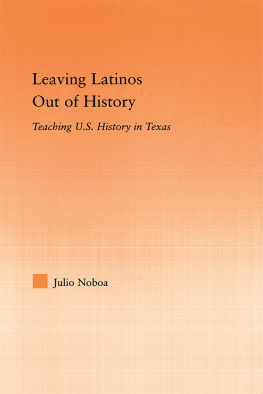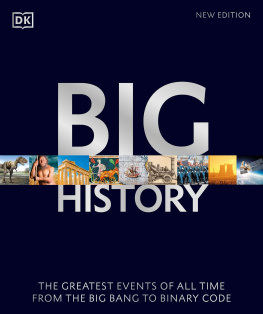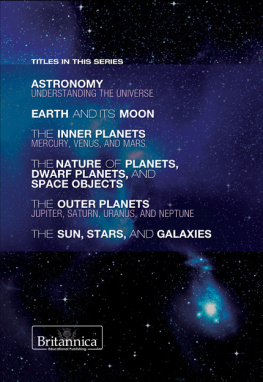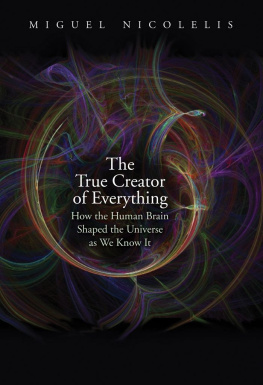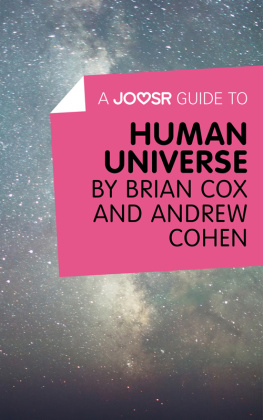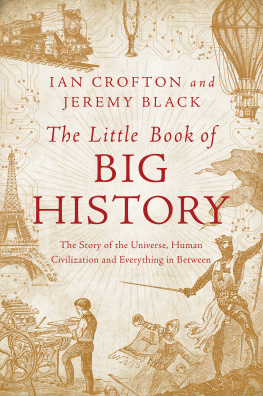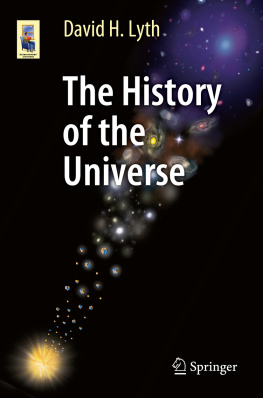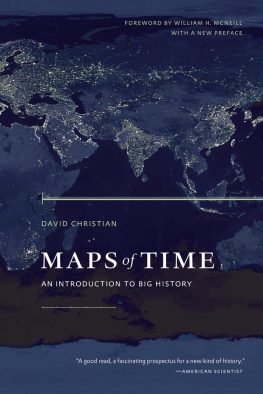Behmand Mojgan - Teaching big history
Here you can read online Behmand Mojgan - Teaching big history full text of the book (entire story) in english for free. Download pdf and epub, get meaning, cover and reviews about this ebook. year: 2015, publisher: University of California Press, genre: Romance novel. Description of the work, (preface) as well as reviews are available. Best literature library LitArk.com created for fans of good reading and offers a wide selection of genres:
Romance novel
Science fiction
Adventure
Detective
Science
History
Home and family
Prose
Art
Politics
Computer
Non-fiction
Religion
Business
Children
Humor
Choose a favorite category and find really read worthwhile books. Enjoy immersion in the world of imagination, feel the emotions of the characters or learn something new for yourself, make an fascinating discovery.
- Book:Teaching big history
- Author:
- Publisher:University of California Press
- Genre:
- Year:2015
- Rating:5 / 5
- Favourites:Add to favourites
- Your mark:
Teaching big history: summary, description and annotation
We offer to read an annotation, description, summary or preface (depends on what the author of the book "Teaching big history" wrote himself). If you haven't found the necessary information about the book — write in the comments, we will try to find it.
Weaving the myriad threads of evidence-based human knowledge into a master narrative that stretches from the beginning of the universe to the present, the Big History framework helps students make sense of their studies in all disciplines by illuminating the structures that underlie the universe and the connections among them.
Teaching Big History is a powerful analytic and pedagogical resource, and serves as a comprehensive guide for teaching Big History, as well for sharing ideas about the subject and planning a curriculum around it. Readers are also given helpful advice about the administrative and organizational challenges of instituting a general education program constructed around Big History. The book includes teaching materials, examples, and detailed sample exercises.
This book is also an engaging first-hand account of how a group of professors built an entire Big History general education curriculum for first-year students, demonstrating how this thoughtful integration of disciplines exemplifies liberal education at its best and illustrating how teaching and learning this incredible story can be transformative for professors and students alike.
Behmand Mojgan: author's other books
Who wrote Teaching big history? Find out the surname, the name of the author of the book and a list of all author's works by series.

